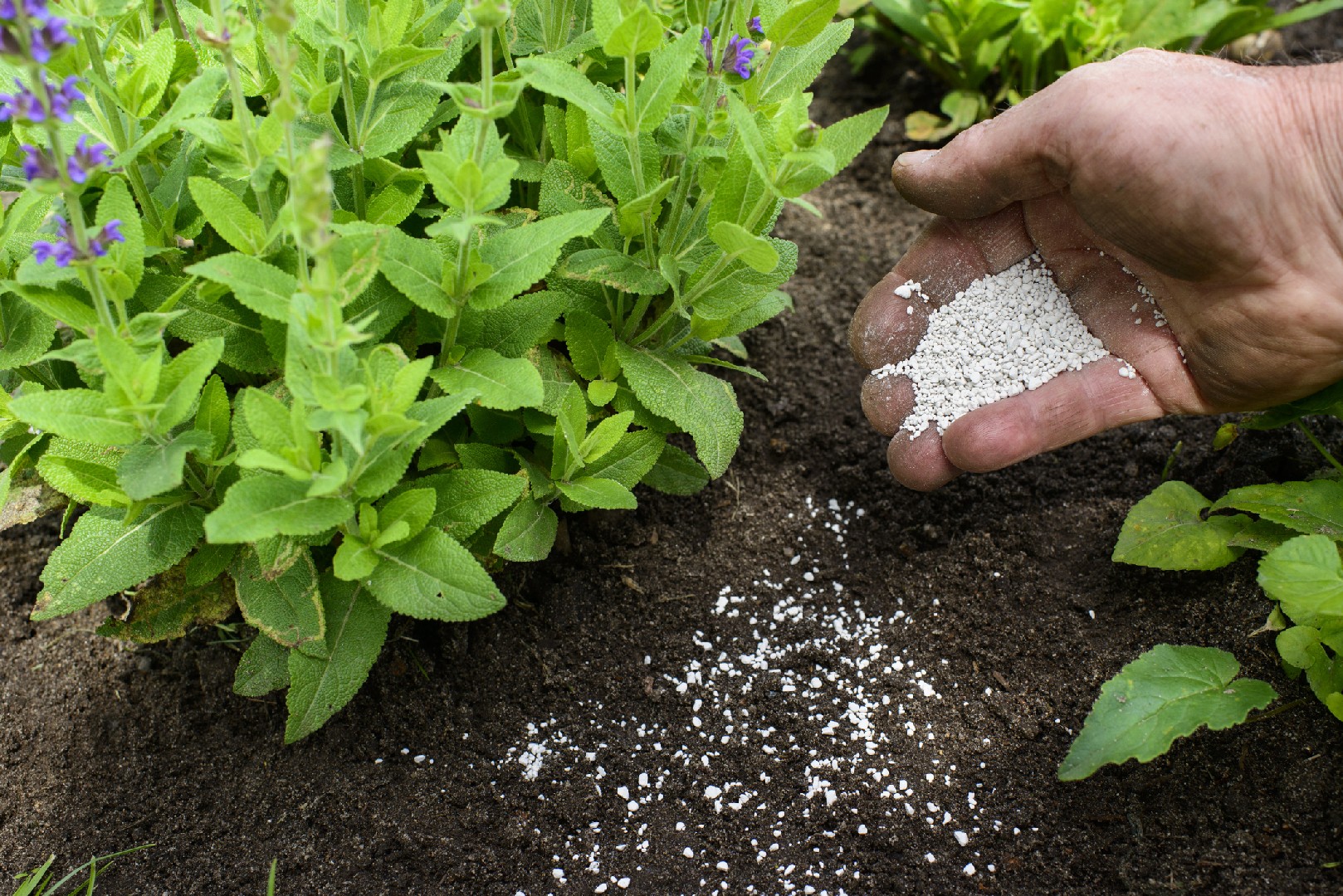![Rectangle]()
Fertilizing Basics: Organic and Inorganic Fertilizers
When it comes to fertilizing your raised bed edible garden, understanding the basics of organic and inorganic fertilizers is crucial. In this section, we will explore the composition, benefits, and drawbacks of these two types of fertilizers, as well as how to choose the right one for your garden's specific needs.
Organic fertilizers are derived from natural sources such as plant and animal materials. They contain a wide range of nutrients, including nitrogen, phosphorus, and potassium, as well as trace amounts of other essential elements. The main advantage of using organic fertilizers is that they improve soil structure and promote long-term soil health. They also enhance the biodiversity of beneficial microorganisms in the soil, which can help suppress diseases and pests.
One popular organic fertilizer is compost. Compost is made by decomposing organic matter, such as kitchen scraps, grass clippings, and leaves. It not only provides nutrients to plants but also improves soil fertility and water retention. Another organic option is manure, which is rich in nitrogen and other nutrients. Just make sure to use well-aged manure to avoid burning your plants.
On the other hand, inorganic fertilizers are chemically manufactured and typically come in the form of granules or powders. They are more concentrated than organic fertilizers and provide a quick release of nutrients to plants. However, they do not improve soil structure or long-term soil health. Inorganic fertilizers are a good option for providing fast-acting nutrients during specific growth stages or when plants are showing signs of nutrient deficiencies.
There are different types of inorganic fertilizers available, each with its own nutrient composition. For example, nitrogen-based fertilizers are ideal for promoting leafy growth, while phosphorus-based fertilizers are essential for root development and flower production. Potassium-based fertilizers, on the other hand, play a vital role in overall plant health and disease resistance. It's important to read the labels and choose the right fertilizer based on your plants' needs.
When choosing between organic and inorganic fertilizers, it's essential to consider your garden's specific needs. If you are looking to improve long-term soil health and promote sustainable gardening practices, organic fertilizers are the way to go. However, if you need quick results or want to target specific nutrient deficiencies, inorganic fertilizers may be more suitable.
In conclusion, fertilizing your raised bed edible garden requires a good understanding of organic and inorganic fertilizers. Both have their benefits and drawbacks, and choosing the right one depends on your gardening goals. By using organic fertilizers, you can improve soil structure and promote long-term soil health. Inorganic fertilizers, on the other hand, provide quick-release nutrients and can address specific growth needs. Whatever fertilizer you choose, always follow the recommended application rates and timings for optimal plant health and productivity. Happy gardening!





